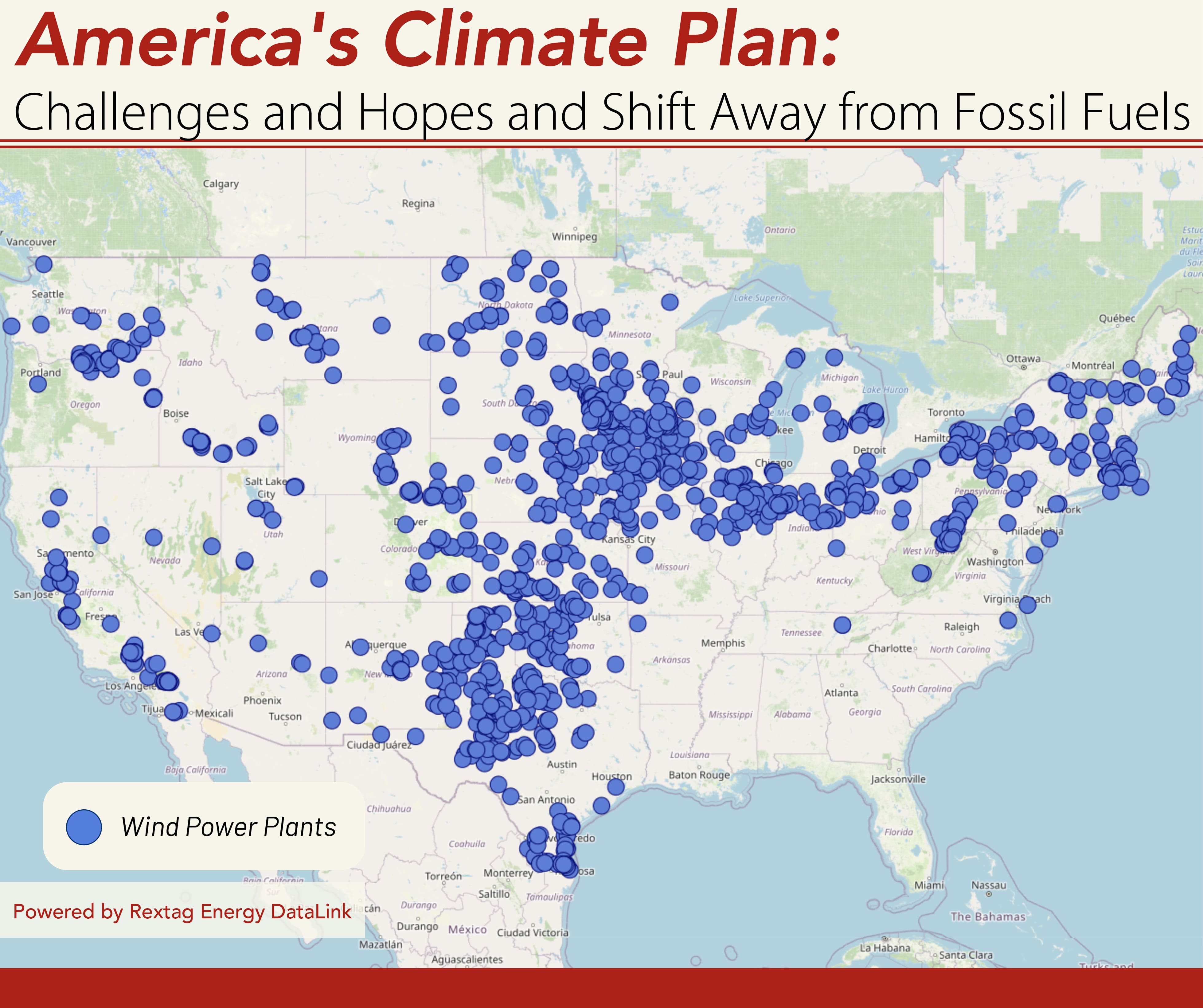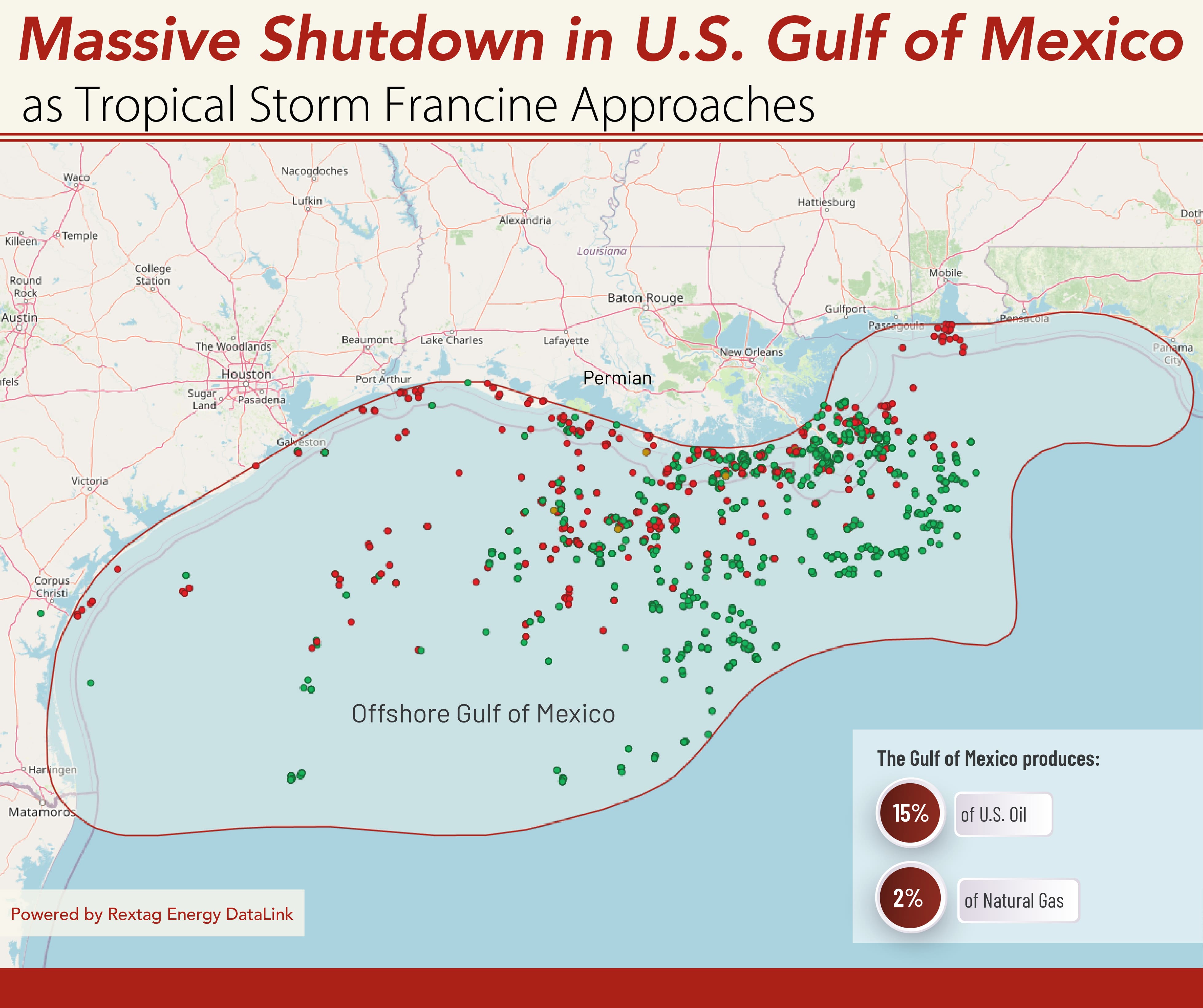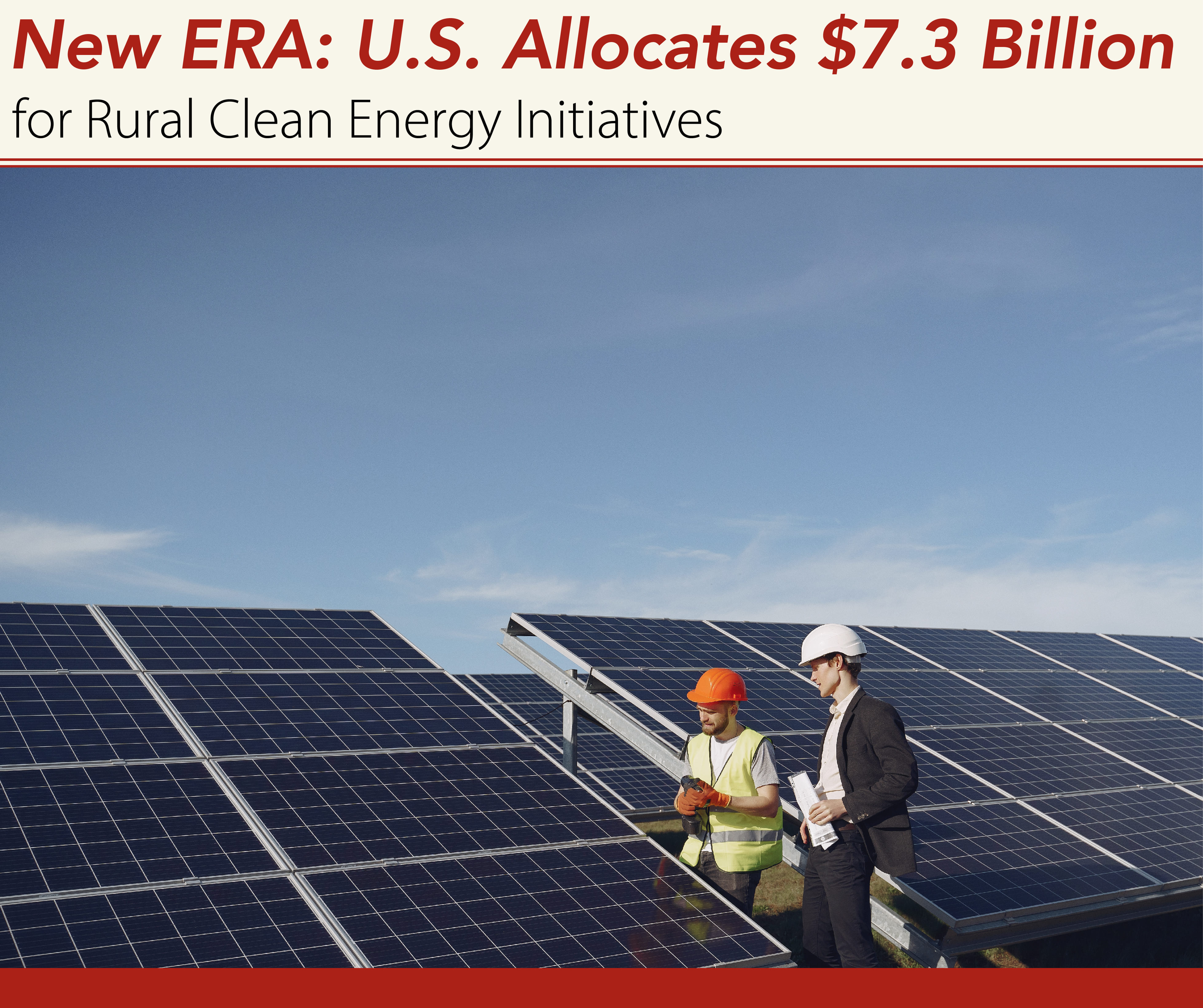Blog
Since days when shale oil and gas technologies were discovered, the U.S. energy industry has been evolving more rapidly than ever before. Many changes are amazing especially when you put them on an industry map. At Rextag not only do we keep you aware of major projects such as pipelines or LNG terminals placed in service. Even less significant news are still important to us, be it new wells drilled or processing plants put to regular maintenance.
Daily improvements often come unnoticed but you can still follow these together with us. Our main input is to “clip it” to the related map: map of crude oil refineries or that of natural gas compressor stations. Where do you get and follow your important industry news? Maybe you are subscribed to your favorite social media feeds or industry journals. Whatever your choice is, you are looking for the story. What happened? Who made it happen? WHY does this matter? (Remember, it is all about ‘What’s in It For Me’ (WIIFM) principle).
How Rextag blog helps? Here we are concerned with looking at things both CLOSELY and FROM A DISTANCE.
"Looking closely" means reflecting where exactly the object is located.
"From a distance" means helping you see a broader picture.
New power plant added in North-East? See exactly what kind of transmission lines approach it and where do they go. Are there other power plants around? GIS data do not come as a mere dot on a map. We collect so many additional data attributes: operator and owner records, physical parameters and production data. Sometimes you will be lucky to grab some specific area maps we share on our blog. Often, there is data behind it as well. Who are top midstream operators in Permian this year? What mileage falls to the share or Kinder Morgan in the San-Juan basin? Do you know? Do you want to know?
All right, then let us see WHERE things happen. Read this blog, capture the energy infrastructure mapped and stay aware with Rextag data!
America's Climate Plan: Challenges and Hopes and Shift Away from Fossil Fuels
The future once seemed optimistic for America’s climate ambitions, with rapid growth in renewable energy propelling the nation toward a cleaner, more sustainable future. However, a sobering reality has begun to sink in: despite some progress, the transition from fossil fuels is slowing down, and global emissions continue to rise.
The Worst is Over: Gulf of Mexico Oil and Gas Production Nearly Restored After Hurricane Francine
The Gulf of Mexico’s oil and gas production is bouncing back quickly following the disruption caused by Hurricane Francine. According to a statement from the Bureau of Safety and Environmental Enforcement (BSEE) on Monday, nearly all of the region's energy output has been restored, signaling a significant recovery after the storm passed. As of Monday morning, about 12.18% of oil production and 16.02% of natural gas production in the Gulf remained shut down, according to operator reports. This marks a vast improvement from the peak of the storm’s impact when more than half of the region’s natural gas output and over 40% of its oil production were offline.
Massive Shutdown in U.S. Gulf of Mexico as Tropical Storm Francine Approaches
A significant portion of the U.S. Gulf of Mexico's oil and natural gas production has come to a halt as Tropical Storm Francine barrels toward Louisiana, threatening the region's crucial energy infrastructure. In what is shaping up to be one of the most impactful events for U.S. energy this year, approximately 24% of crude oil production and 26% of natural gas output in the Gulf are now offline, according to the U.S. Bureau of Safety and Environmental Enforcement (BSEE). Francine, with winds reaching 65 mph (100 kph), is currently situated 380 miles (610 km) southwest of Morgan City, Louisiana, and is expected to strengthen into a hurricane by the end of the day. The storm's trajectory is causing widespread disruptions to offshore operations in the Gulf, which plays a vital role in the country’s energy supply.
Why This Matters: Diamondback and Endeavor’s $26 Billion Merger Creates a Permian Titan
What happens when two giants merge to form an oil empire? Diamondback Energy has just completed a massive $26 billion merger with Endeavor Energy Resources, following months of review by the Federal Trade Commission (FTC). The outcome? A powerful new player in the oil industry, poised to transform production in the Permian Basin, one of the richest shale regions in the world. Analysts are calling this merger a game-changer, as Diamondback and Endeavor now control a vast expanse of oil-rich land, referred to as the "last and best oil sandbox" for its potential to maximize production using advanced technology.
New ERA: U.S. Allocates $7.3 Billion for Rural Clean Energy Initiatives
The United States government has announced a significant investment of $7.3 billion from the 2022 Inflation Reduction Act (IRA) to support clean energy initiatives led by rural electric cooperatives. These projects aim to reduce energy costs, enhance reliability, and promote sustainability for rural communities, where energy costs tend to be higher than in urban areas. This investment marks a substantial effort toward decarbonizing rural America while supporting job creation and infrastructure improvements.
Decline in US Oil and Gas Rigs Signals Continued Supply and Price Stability
The U.S. oil and natural gas rig count experienced a slight decline, falling by four to a total of 633 rigs for the week ending August 21. Despite this modest drop, industry analysts have noted a surprising resilience in both oil supply and natural gas prices as the year progresses, suggesting that the market may be more robust than previously anticipated.

.jpg)



.jpg)